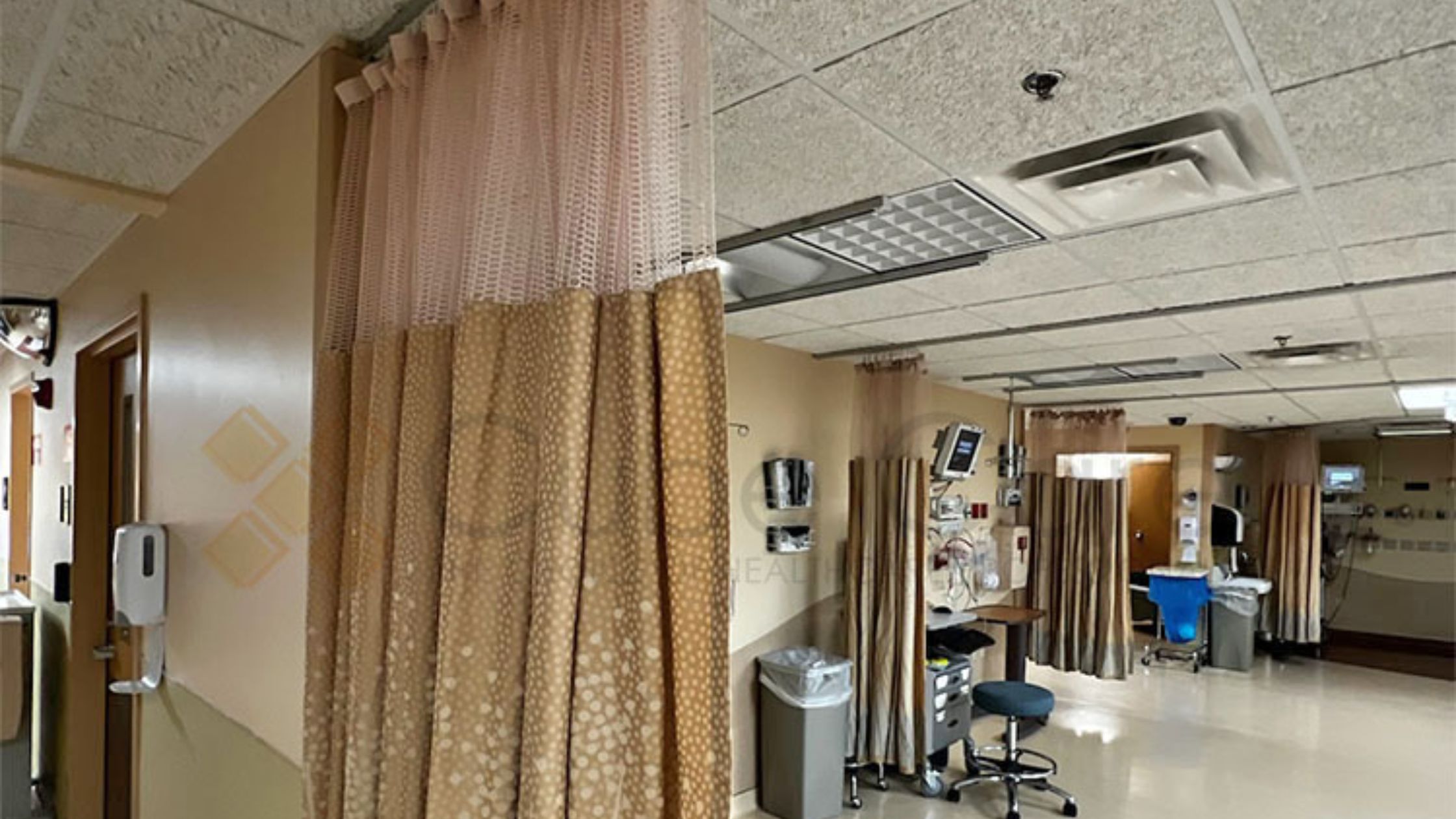
Privacy is a cornerstone of patient care, yet it’s often overlooked in the hustle of healthcare settings. Picture this: a patient in a crowded hospital ward, feeling anxious and exposed. Now imagine the relief they’d feel with a simple curtain drawn to create a private, secure space. This is where healthcare privacy curtains step in—not just as fabric dividers but as essential tools for dignity, comfort, and safety.
The demand for privacy curtains has surged in recent years, driven by heightened awareness of infection control and patient rights. According to the WHO, 1 in 31 patients acquires a healthcare-associated infection (HAI) during their hospital stay. Curtains treated with antimicrobial fabrics can significantly reduce this risk, making them indispensable in modern medical facilities. But choosing the right curtain isn’t just about function—it’s about balancing hygiene, compliance, and aesthetics.
What Makes Healthcare Privacy Curtains Stand Out?
When it comes to healthcare privacy curtains, the details matter. These curtains aren’t your average fabric dividers; they’re designed to meet rigorous healthcare standards. For instance, antimicrobial treatments inhibit the growth of bacteria and pathogens, reducing cross-contamination risks. Flame-retardant materials ensure safety in high-risk environments, while durable fabrics withstand frequent cleaning and wear.
A study published in Clinical Infectious Diseases revealed that antimicrobial curtains could lower bacterial contamination by over 90%, making them a frontline defense against HAIs. Additionally, features like blackout properties or sound-absorbing materials can enhance patient comfort by minimizing light and noise disruptions.
How Do Privacy Curtains Improve Patient Experience?
Let’s face it—being in a hospital isn’t exactly fun. Patients often feel vulnerable and stressed, especially in shared spaces. Privacy curtains act as psychological barriers, giving patients a sense of control over their environment. They allow for confidential conversations with medical staff, private moments with family, and personal space during examinations or treatments.
Research shows that patients who feel their privacy is respected are more likely to trust their healthcare providers and share critical information. This leads to better diagnoses, improved treatment outcomes, and higher overall satisfaction. In short, these curtains do more than divide spaces—they build trust and foster healing.
What Should Healthcare Providers Consider When Choosing Curtains?
Selecting the right privacy curtain involves more than picking a color or pattern. Healthcare providers should prioritize:
- Material: Opt for antimicrobial and flame-retardant fabrics that are easy to clean.
- Durability: High-quality curtains withstand frequent use and cleaning cycles.
- Compliance: Ensure the curtains meet local fire safety and infection control regulations.
- Customization: Choose designs that align with your facility’s branding or interior aesthetics.
Providers like Cube Care offer tailored solutions that tick all these boxes. Their range of products combines practicality with style, ensuring your facility looks professional while meeting all necessary standards.
Can Privacy Curtains Help Save Costs?
Absolutely! While high-quality privacy curtains may seem like an upfront investment, they save money in the long run. Durable materials reduce replacement frequency, while antimicrobial treatments lower cleaning costs by extending intervals between deep cleans. For instance, Cube Care’s low-maintenance curtains are designed to last up to three times longer than untreated options.
Moreover, disposable privacy curtains are becoming increasingly popular for high-turnover areas like ICUs or emergency rooms. These cost-effective solutions eliminate laundering expenses while maintaining hygiene standards.
What About Cubicle Curtains?
Cubicle curtains are another essential component of healthcare interiors. They provide flexible solutions for dividing spaces in patient rooms or exam areas without permanent walls. Cube Care’s “It’s A Snap!” cubicle curtain system takes convenience to the next level with its snap-on design that simplifies installation and maintenance. These curtains are not only functional but also customizable to suit your facility’s unique needs.
How Do Privacy Curtains Contribute to Infection Control?
Infection control is a top priority for any healthcare provider, and privacy curtains play a crucial role here. As high-touch surfaces, they can harbor bacteria if not properly maintained. Antimicrobial fabrics act as passive barriers against pathogens, while disposable options provide an easy way to maintain cleanliness during patient turnover.
According to Healthcare Facilities Today, implementing antimicrobial curtains can reduce HAIs by up to 40%. Regular cleaning schedules combined with high-quality materials ensure that these curtains remain effective in preventing cross-contamination.
The Bottom Line
Healthcare privacy curtains may seem like a small detail in the grand scheme of medical operations, but their impact is anything but minor. From enhancing patient dignity to improving infection control and reducing costs, they’re an indispensable part of any modern healthcare facility. By partnering with trusted providers like Cube Care, you can invest in solutions that prioritize both functionality and aesthetics—ensuring your patients feel safe, comfortable, and cared for.